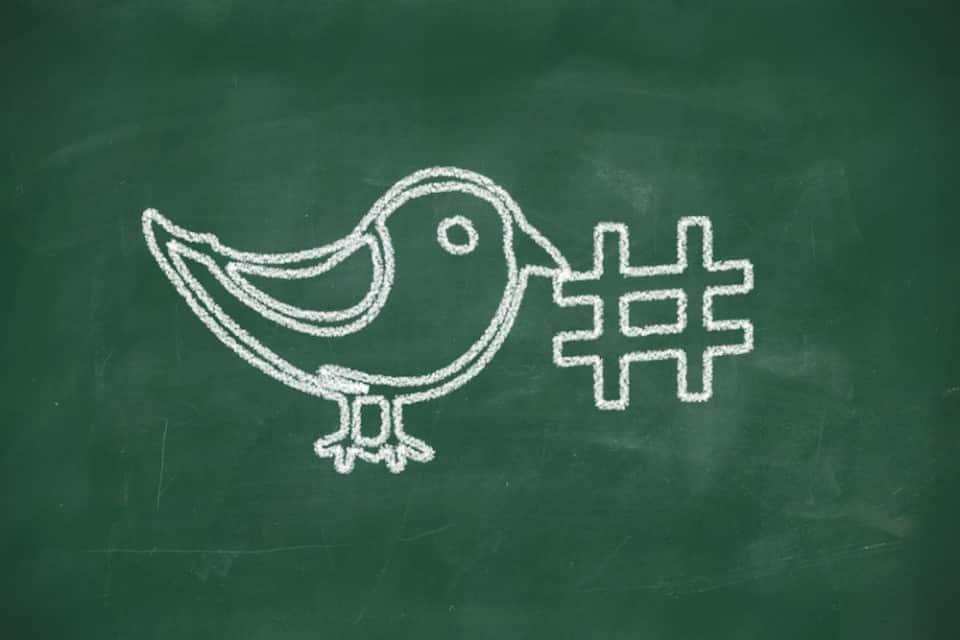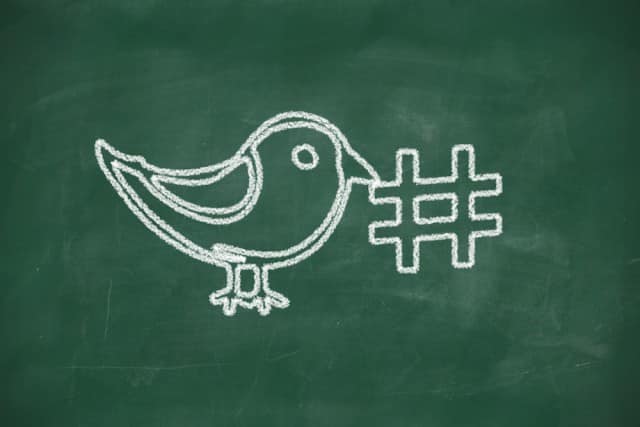A few months ago Twitter and Google released the news that after a 5-year hiatus, Google has been granted full access to the Twitter API, enabling the search engine to feature tweets in search results on a grand scale. All indications were that by midyear we would see content from the micro-blogging site in search results for material across the web.
UPDATE – April 30, 2015 4:00 PM
Martin Beck reported for Search Engine Land that Twitter CEO, Dick Costolo, mentioned the integration of tweets into Google search would begin rolling out sometime in May. So, take the following with this new information in mind. The time to have built up your strategy ahead of the roll-out is very short indeed.
This news puts a few more arrows into the quivers of both SEOs and Social Media marketers. For SEOs, this puts more branded content in more search positions for relevant terms. For Social Media marketers, this increases the reach and shelf life of each tweet crafted on behalf of a brand. For Twitter, it should mean increased activity among new sign-ups and exposure of Twitter content to more people beyond the 140-character ecosystem.
So, what can brands do to take their Twitter game up a notch and position them to take the best advantage of the rollout in Google search?
What It Is and What It Isn’t
Before marketers take one step, all interested parties need to be aware that tweets in search will not directly affect traffic to a website or search result rankings for a website. There is a good chance, however, that tweets in search will increase a brand’s reach and followers, enabling brands to increase their potential audience pool for branded content. If used in an authentic and conversational (read NOT SPAMMY) way, there is certainly an opportunity to improve topic authority and indirectly boost search relevance for those topics.
Do This and Don’t Do That
There are several things to consider in order to optimize branded tweets showing up in results for search queries. First, your branded avatar may or may not show up as part of the search results. Don’t count on brand recognition based on the visual. Make sure that your Twitter handle is clearly identifiable. This is sometimes a challenge given the character limits of Twitter usernames, but it’s incredibly important that you find a way to easily identify your brand by your handle alone. This not only impacts your brand’s tweets, but also any relevant tweets that mention your brand’s handle. Make sure that when others tweet about you that anyone viewing that tweet will know it was your brand mentioned.
Use relevant keywords, but don’t tweet just for the sake of using valued terms. Craft your posts to twitter that are on topic, conversational, and authentic. Don’t ever forget that you are still posting this content to Twitter first and then receiving a search bonus for your efforts. If those efforts are tone deaf or blatantly promotional, Twitter users will not follow, engage, or click-through. If what you’re tweeting is perceived as spammy, you will be reported, blocked and may get yourself locked out of your account.
When sharing content from your blog/website, package the link with more than just the title. Yes, your titles are important, continue to craft them well. However, mix up the Twitter commentary that accompanies links back to your site content. Are there relevant topic quotes from the piece worth sharing? Are there keyword rich statements you could make about the post? Leverage more tweet-sized bites of your content to drive engagement in Twitter and give yourself more search opportunities.
#ChatItUp
The gold mine of topic authority for both individuals and brands is the Twitter chat. These hashtag centered real-time conversations are a nexus of influencer outreach, user advocacy, professional development, and expertise. When coupled with the potential of the most popular and quotable tweets surfacing in search, many brands will seriously consider allowing their marketing teams to dive into more of these conversations.
Keep in mind that Twitter chats are not the place for self-promotion. Share your industry knowledge, recognize the valuable contributions of others, and ask questions that further the progress of the conversation. Whether you’re participating in or hosting a chat, keep the focus of the chat about the passion for the topic.
Special guest, Jennifer Slegg, recently joined the ongoing social media marketing conversation on #SocialChat to discuss this very topic.
We asked her “How does consistent authentic participation in twitter chats play a new role in building brand authority?”
A4: Seeing how brands are getting exposure by participating in Twitter chats. I’ve seen it in SEO space recently. #socialchat
— Jennifer Slegg (@jenstar) April 28, 2015
A4: Both from participating from the outset, but also by contributing when they see their brand mentioned. #SocialChat
— Jennifer Slegg (@jenstar) April 28, 2015
Bottom line: If you think your brand might benefit from a Twitter chat, try it out, especially if you have a loyal following. #socialchat
— Jennifer Slegg (@jenstar) April 28, 2015
No matter what strategies and tactics you plan to put into place, don’t wait to see tweets showing up in Google search next month to launch. Start building the plan into your editorial calendars now.


